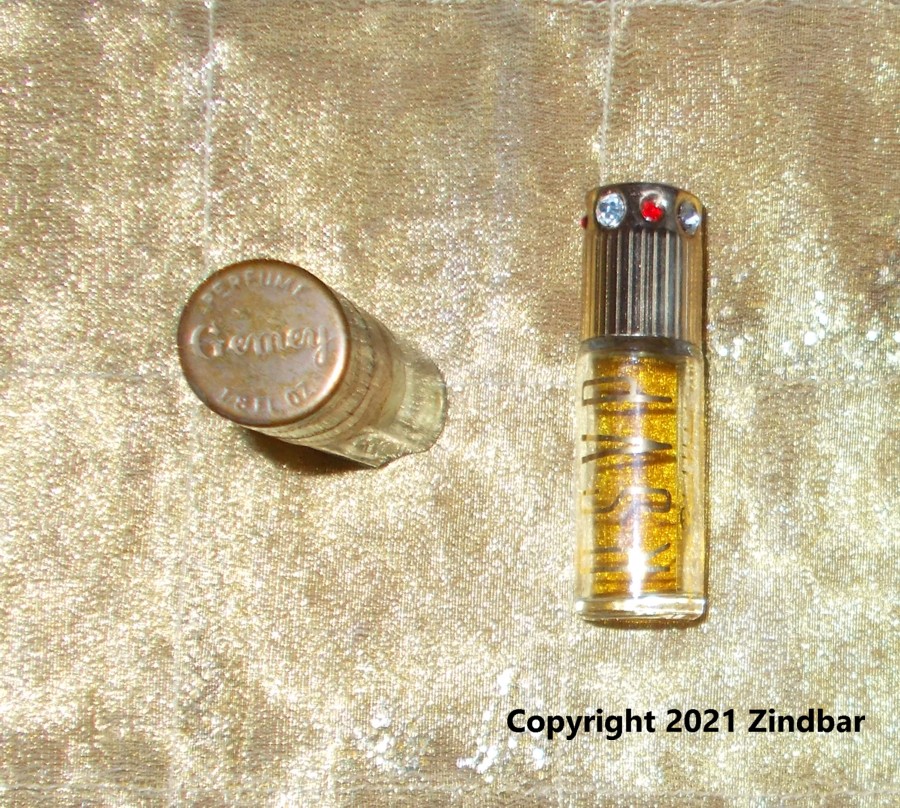
Imagine an era in the United States when women did not have to rely upon a handful of different cosmetics and hair care companies in order to keep themselves looking perfectly groomed every day. The late 19th century marked the start of a cosmetics empire in 1880 that began with the creation of a single perfume and quickly grew not only on a national level, but an international level. That perfume, named Queen Anne Cologne, soon had more perfumes join the ensemble under the company name of Richard Hudnut.
Richard was the son of a New York City pharmacist and spent his youth learning the ins and outs of the business. It was not long before he decided to concentrate on becoming a perfumier, but as fate would have it, the single note scents that became so popular with women expanded into a line of scented talcum powders, bath soap, creams, lotions, and sachets, much the same way a modern perfume would have accompanying skincare products. The perfumes were in Eau de Toilette form and include: Violet Sec, Lily of the Valley, Virginia Rose, Rose Omar, Gardenia, Lavender, White Heliotrope, White Lilac, Yanky Clover, Imperial Russe, San Remo, Royal Hudnutine, which sold in 8-oz glass bottles for 75 cents each. By 1912, Essense Violette Superba Moresco, Double Peau D’espagne joined the Hudnut perfume line. Two more scents designed for men, Bay Rum and Florida Water, were added to the Hudnut perfume line in 1912, along with something called Headache Cologne. Later perfumes for women included Du Barry, Three Flower, Gemey, and RSVP. Gemey was probably the most popular, being formulated in the Paris Hudnut shop in 1929 before it was sold in the United States well into the 1940’s. Capitalizing on the popular French perfumes at the time such as Chanel No. 5, Gemey had the old-world elegance with its blend of bergamot, geranium, Bulgarian rose, carnation, jasmine, violet, tonka, civet, sandalwood, benzoin, ambergris, and patchouli notes.
One unique feature of the Hudnut purse-size perfume bottles is they came with a built-in glass applicator top which resembles today’s more modern “roll-on” perfume with one exception: the applicator was part of the glass perfume bottle itself. It is unknown if Hudnut held a patent on this clever perfume applicator design, but it certainly was practical for a lady to carry with her anywhere she went, without having to risk the perfume spilling in her handbag. Another unique perfume feature for the Violet Sec scent was that the perfume was purple in color, to emulate the purple violets commonly seen in nature.
In addition to perfumes, Hudnut established a line of daily skincare products such as cold cream, face powders, lipstick, blush, eye cosmetics, and nail polish. In 1912, a small jar of cold cream cost only 50 cents, and the blend included natural products considered healthy for the skin: cucumbers and orange blossom flowers. Nail care products included Cuticle Acid as well as nail colors ranging from light tints to darker pinks and reds. Violet almond meal was another popular beauty product which came in a glass jar with a sprinkler top, much the same way salt and pepper shakers have sprinkler tops. This could be used like soap and was primarily a facial scrub. The Hudnut Strawberry soap was made with real strawberry juice, another beneficial product for the skin. With products like these manufactured at the turn of the twentieth century, it is no wonder more drugstores across the United States sold them, with a second base established in Paris, France. To further promote his line, Richard Hudnut wrote and published a 49-page Beauty Book which described the products he sold and how to use them. As with the elegantly packaged Hudnut products, the book was beautifully bound and decorated, this book had practical value for ladies of the early twentieth century who wanted to look their very best on an everyday basis. The Du Barry perfume gave birth to its own line of cosmetics under the Hudnut name, manufactured throughout the 1950’s up to 1974, while Gemey was sold to L’Oreal in 1973.
Richard Hudnut topped his products line with women’s crowning glory, literally. However it was not just shampoo and conditioner which had women running to use. His home permanent kit, complete with neutralizer booster, was a frequent purchase, and advertised along with shampoo in newspapers from 1949 to 1952. During those years, the price of a home perm kit was only $1.50, a price that many women could afford. An advertorial in The Indianapolis Star, May 6, 1952 touts the benefits for a woman’s crowning glory using Hudnut shampoo made with powdered egg and conditioner as well as the home perm. Special blends for hair overexposed to chemical treatments to help hair grow back healthy were also sold. Richard Hudnut sold his company in 1916, but the new company owner, William R. Warner & Company, continued to sell the products using the Hudnut name during the 1950’s and 1960’s.
Image Credit: Zindbar.


